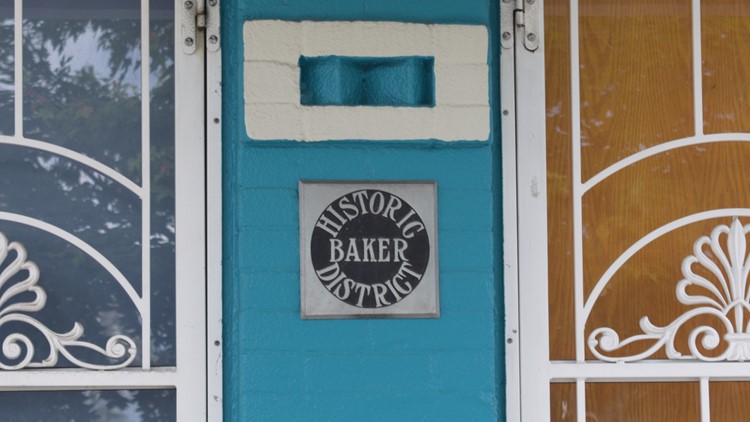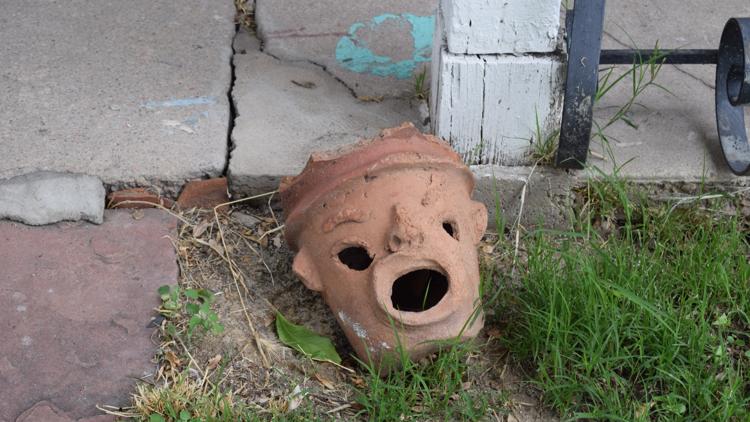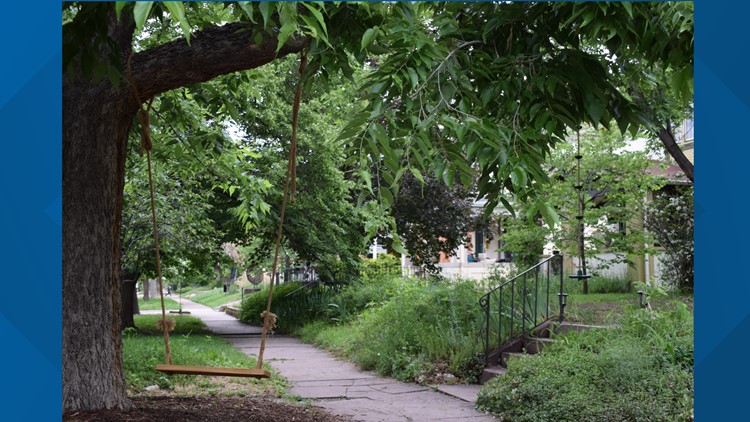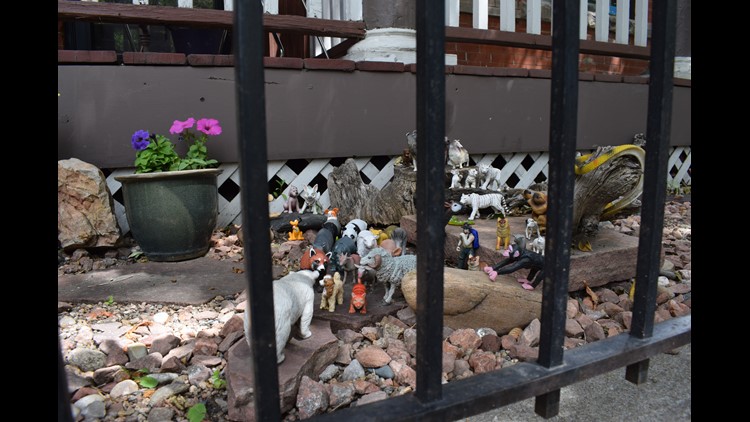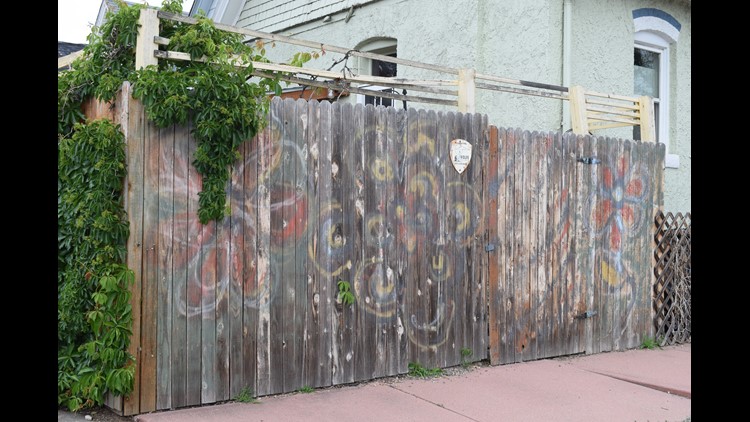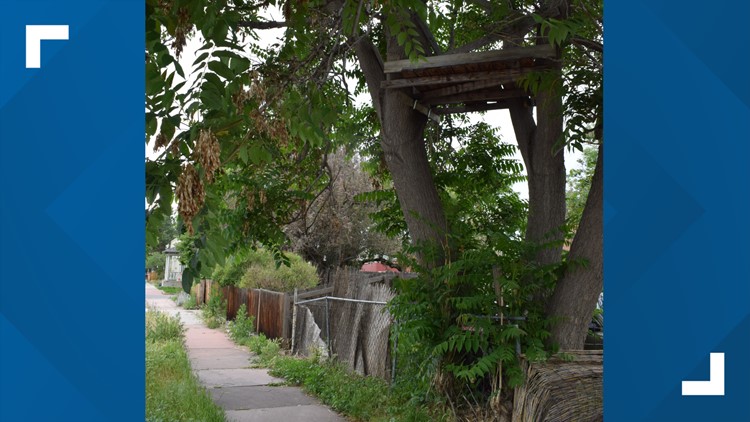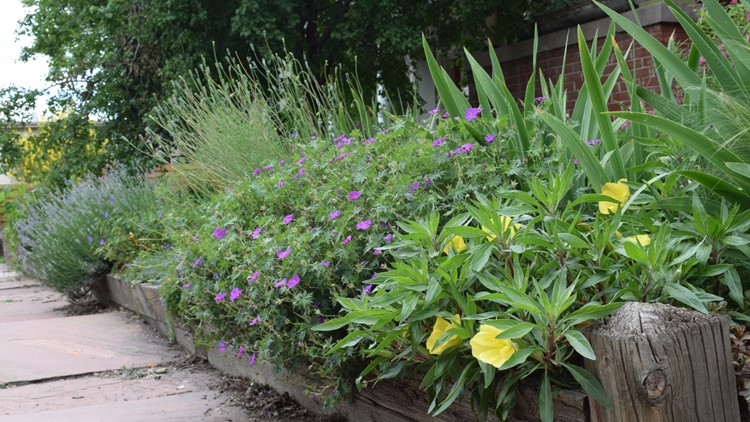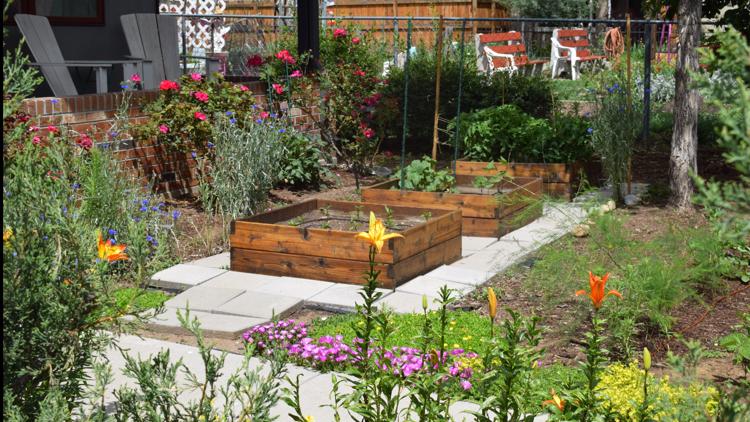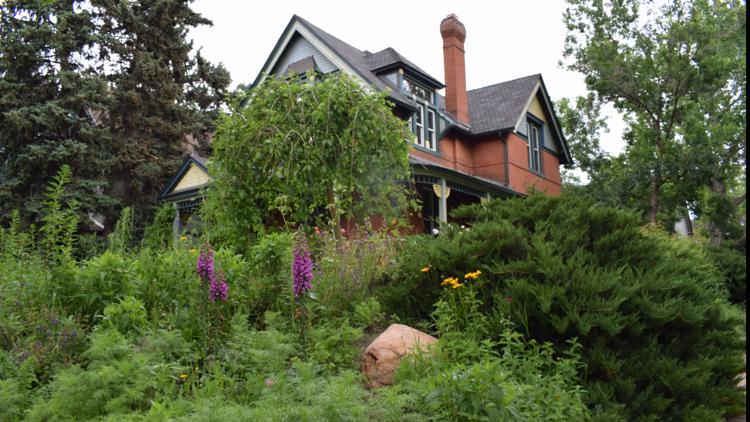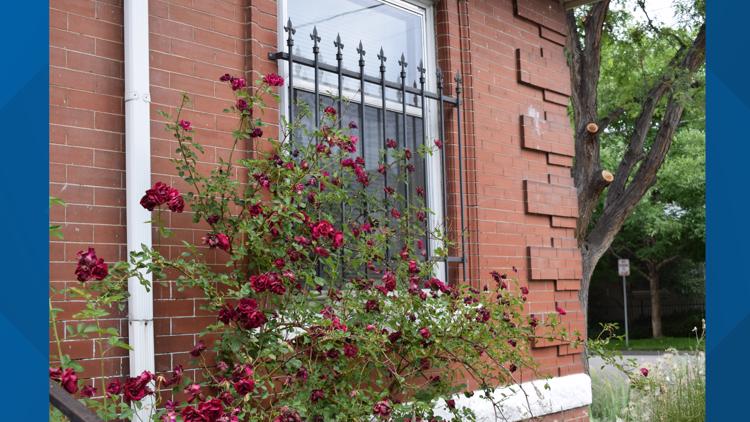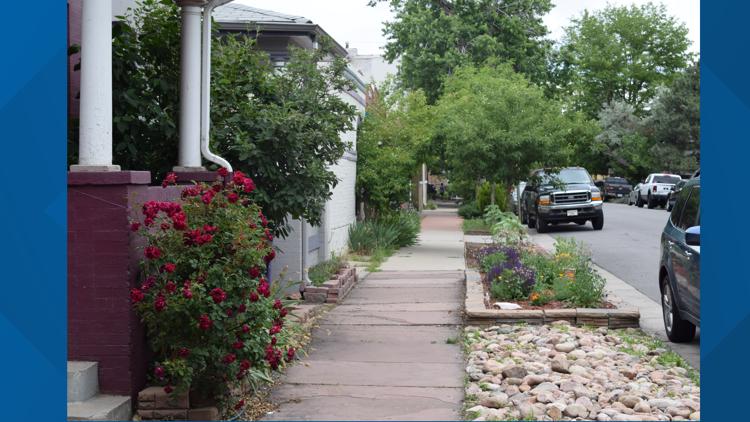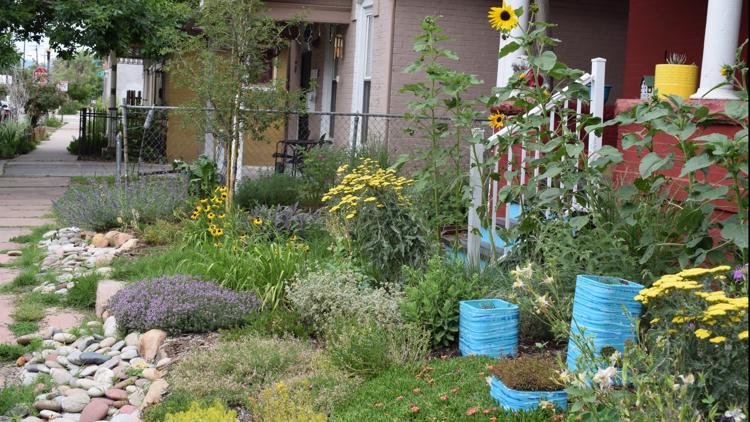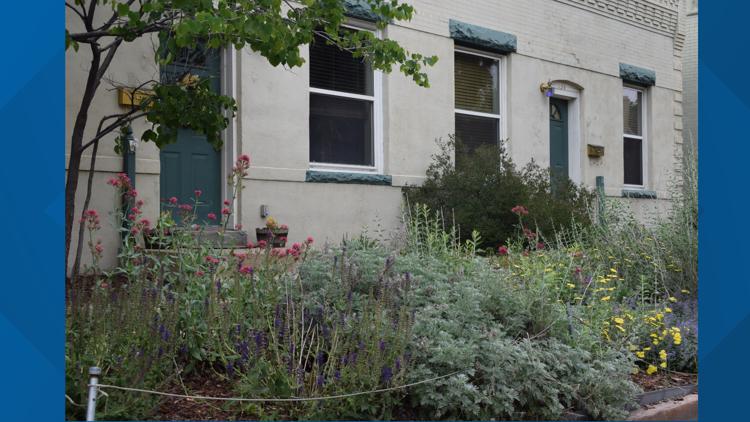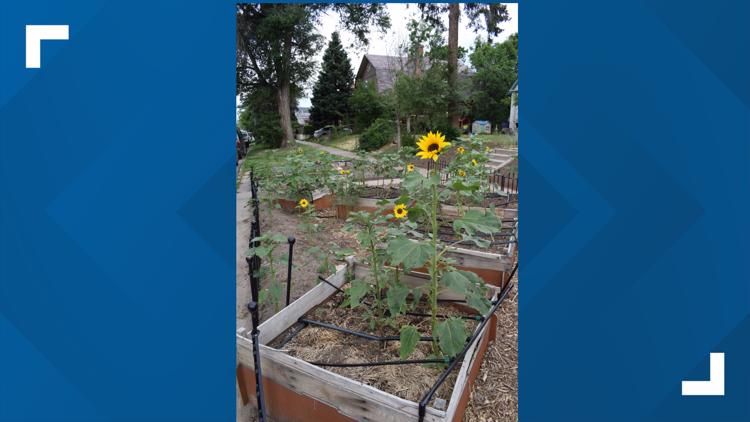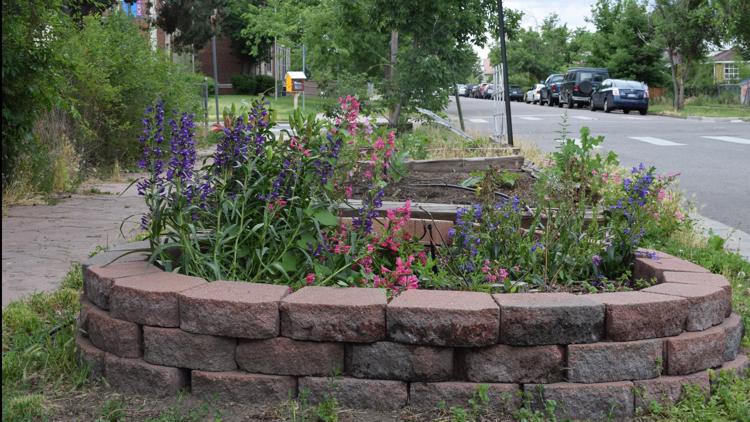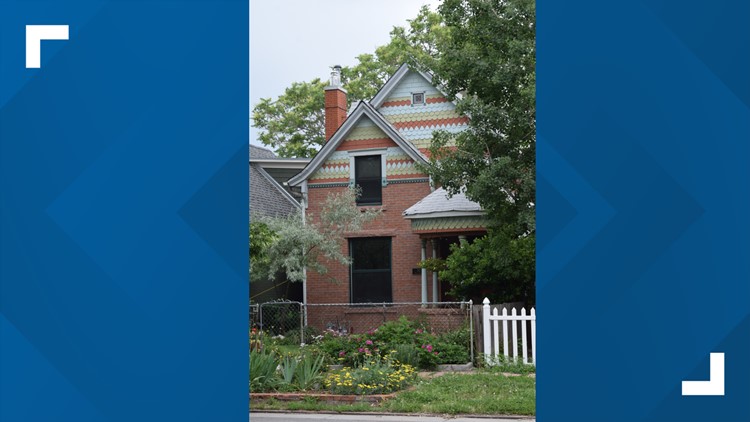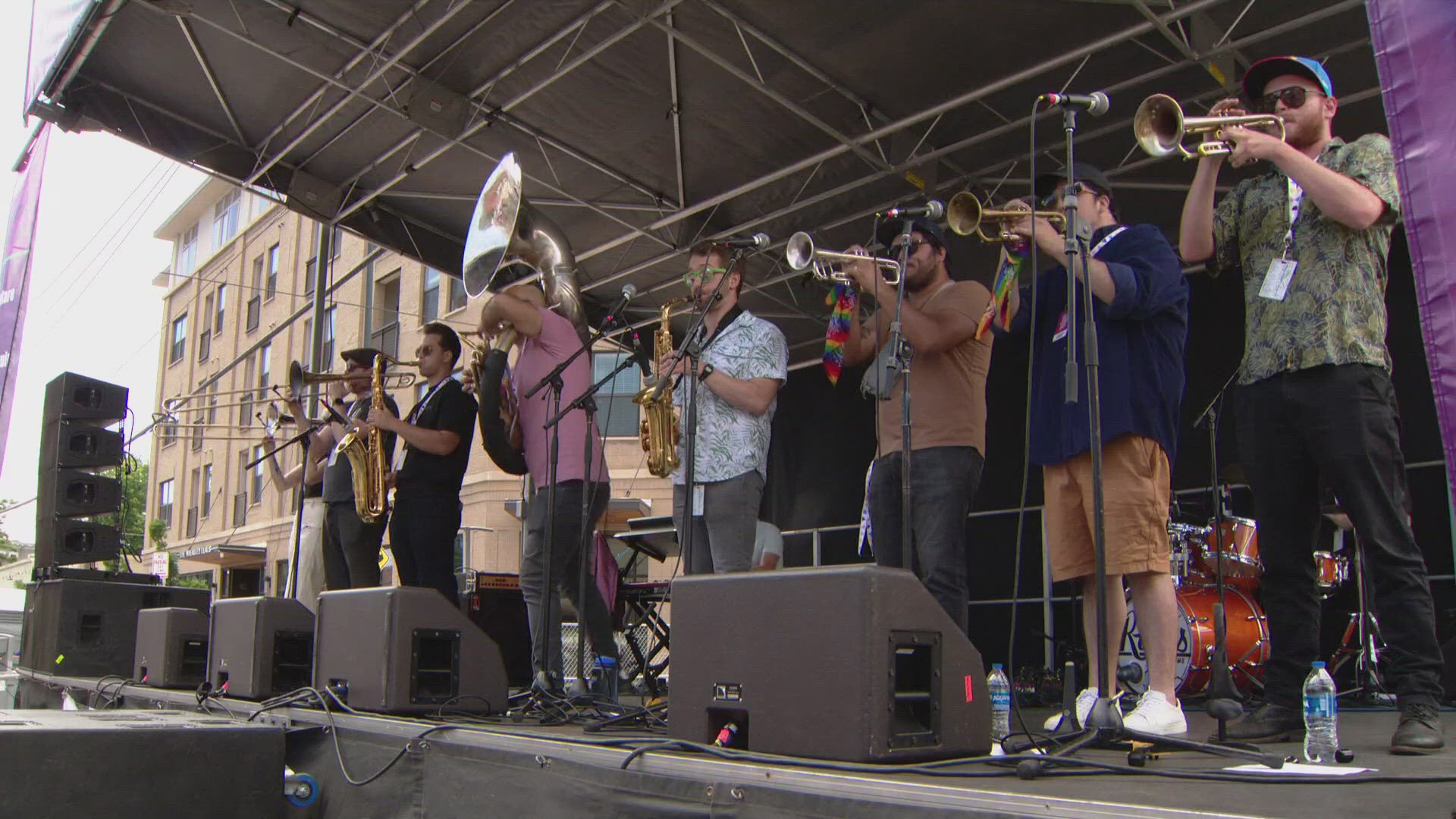DENVER — While considered one of Denver's larger neighborhoods, Baker is a cozy triangle tucked between Broadway Street on the east, the South Platte River on the west, 6th Avenue on the north and Mississippi Avenue on the south.
Baker's history dates back to the 1880s, when it was known as South Side or South Broadway. The first subdivisions for the actual neighborhood were platted in 1872, with most development following the area’s annexation into Denver in 1883. We've explored the neighborhood's history before, you can read it here, but I wanted to know what's going on now -- especially because I moved into this eclectic and cozy neighborhood last month.
>> This story is part of our weekly #9Neighborhoods series. Join us on the 9NEWS Instagram starting at noon on Friday for a photo tour of Baker.
Eclectic sights in Denver's historic Baker neighborhood
Historic homes


First things first, let's talk about these colorful houses. Most homes in Baker represent a mix of popular late 19th and early 20th century styles including Queen Anne (the most in Denver actually), Victorian eclectic and Classic Cottages, according to the city of Denver.
The architectural history of the neighborhood is so significant it was placed on the National Register of Historic Places as a historic district in 1985 and became a city historic district in 2000.
Suzanne Gruba, a member of the Baker Historic Neighborhood Association for 30 years and editor of The Baker Bark newsletter, said the landmark is a local designation and houses can’t be torn down within the specific boundaries inside the neighborhood (see the map below).
"We petitioned in the 90s with around 1,000 signatures and that’s been key in us protecting us in the landmark," she said. "In the core part of the neighborhood, there is little to no construction. With that landmark protection, builders really have to work with us (to make changes)."
(Open the dropdown in the top left corner of the map for better navigation, or open the map in a new window.)
Gentrification, safety
Change is good, Gruba said.
She's seen a lot of gentrification in the more than 30 years she's lived in Baker.
"We couldn’t afford to live here now, we (Gruba and her husband) bought our home in the 70s for $25,000," she said. "Now, with some renovations, it’s worth around $600,000."
A fair amount of people have sold their homes to cash in and moved to the suburbs, Gruba added.
"We’ve lost some of our ethnic mix over the years," Gruba said. "This neighborhood was heavily Hispanic, but there are several families that are still here and have been for 50 years."
Longtime residents appear to have either moved out or passed on, according to data from the Denver Public Library (DPL). In 2000, the census showed that 3.8% (220) residents had lived in their homes for 30 years or longer. As of 2018, only 0.4% (23) have been in their homes since 1969. By the time of the 2010 census, only 0.8% (39) residents reported living in their homes for more than 30 years.
Bakerites in recent years have worked to make their neighborhood a safer place to live.
In the last few years especially, there are a lot more dogs and kids in Baker, Gruba said.
From 2010 to 2018, the number of married couples in Baker increased by over 10%, and households making over $100,000 per year increased from 16.5% to 24.7%, DPL's data shows.
"It’ll never be a safe suburban neighborhood but that’s part of the charm," she said.
Gruba said there used to be a lot more drug houses but people are more aware now and report them quickly.
And a group of moms got together to clean up Flores Park -- one of two parks in Baker -- after they decided it was too dangerous to take their kids.


An eclectic neighborhood
On my many walks through the neighborhood, I always seem to find something interesting -- like a display of dinosaur figurines preparing to devour plants in front of a home.


Or swing alley, as I've named it, where several homes have swings hanging from trees in their front yards. Also spotted were a tree house of sorts, a nice display of old TVs (one was painted) and a clay pot that looked pretty similar to a character from "The Goonies."
"Renters help make Baker eclectic," Gruba said. "It brings a variety of people who couldn’t necessarily afford to buy (homes) here."
With so many rental properties some yards are beautiful and some are not. That mix is good, Gruba said. "We are not a gated community which is why we live here," she said.
Eclectic sights in Denver's historic Baker neighborhood
So many flowers
Sure there are beautiful gardens all over Denver, but in Baker where most of the homes are set back on lots, front yards are in serious bloom this time of year.

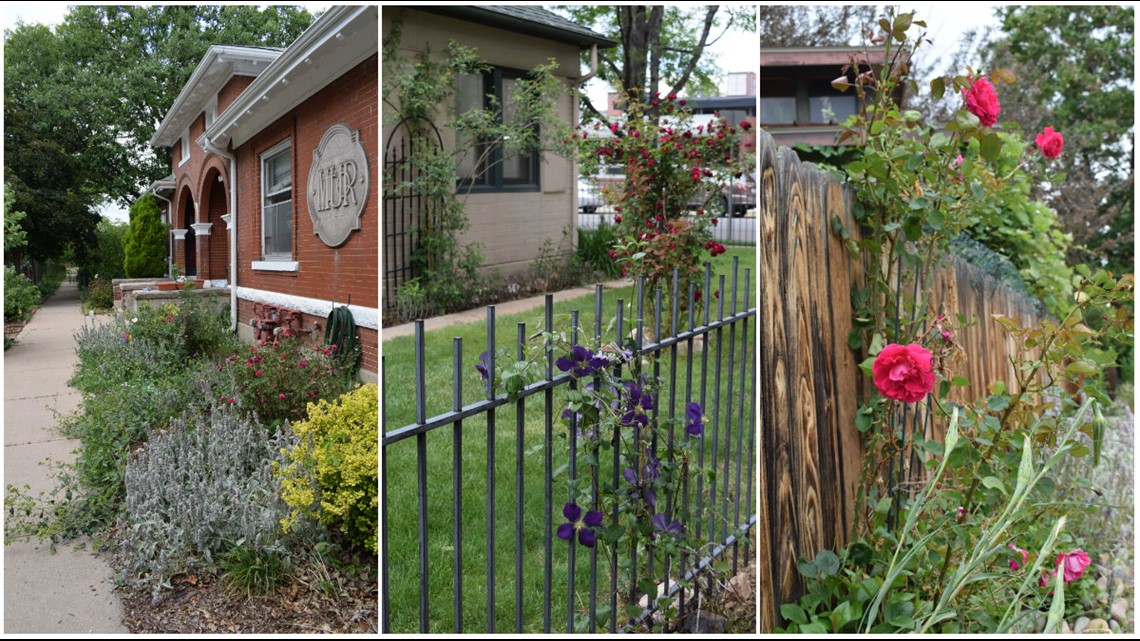
Baker Blooms is the garden at 6th Avenue and Bannock Street that neighborhood volunteers care for with help from Denver Health which provides water for the garden, Gruba said.
The garden was created over a decade ago to create a welcoming gateway into the neighborhood which was once a barren wasteland full of broken glass and trash according to the neighborhood association's website.
Denver's historic Baker neighborhood is in full bloom this time of year.
Businesses new and old
One of the newest businesses in Baker is Queen City Collective Coffee at 305 W. 1st Ave.
"Our coffee comes from farmers and producers we know, and is then small-batch roasted in the city we love," it says on the Queen City website.
And at night it’s a brew pub.
"It was a nice addition to the neighborhood," Gruba said.
The Baker Neighborhood Market, at 713 W. 4th Ave., is a nice spot run by a woman who worked at the same store when she was a teenager, Gruba added.
Most businesses reside on Broadway, the eastern boundary of Baker. You've probably heard of these:
- Sputnik, a highly regarded, eclectic bar and restaurant
- The Blue Bonnet, a classic Mexican eatery (it opened in the 1930s)
- Atomic Cowboy, which houses Fat Sully's Pizza and Denver Biscuit Company
- Sugar Bakeshop & Coffee House, a local favorite
- The Wizard's Chest, a longtime Denver toystore
- Fancy Tiger Clothing & Crafts
- Buffalo Exchange, a new and recycled clothing store
- Landmark's Mayan Theatre, built in 1930, saved from demolition in 1984 and fully restored by 1987
(Check out the interactive map above for details on these businesses.)
DPL pulled data (shout-out to librarian Amanda Armstrong for helping with this story) from the database ReferenceUSA that shows a few of Baker's oldest businesses:
- Rio Grande Co.: They've been at their current location in Baker since 1908! Armstrong said they've maintained one of the original towers near their site.
- Kimbulian & Noury Oriental Rugs: It's family owned and operated since 1946.
- Brewery Bar: They moved to their current location in Baker in 1974.
Honorable mentions
I could go on and on about the Baker neighborhood, but I'll wrap things up here with a few honorable mentions.
- Gruba said Baker is a bike-friendly neighborhood, and the new bike lanes on Broadway helped with that.
- There are no stoplights in the neighborhood.
- The neighborhood association has been very active for the last 30 or 40 years, Gruba said.
- The Baker Halloween Parade is just killer, Gruba said. Councilman Jolon Clark started the annual tradition -- "they even shut down Broadway!" Gruba said.
- Speaking of council, Baker is part of the "Lucky District 7"
- There's a Baker Home Tour every year
- Gruba said Baker got rid of dumpsters last summer, "we were one of the last neighborhoods to get trash service."
SUGGESTED VIDEOS | Feature stories from 9NEWS


